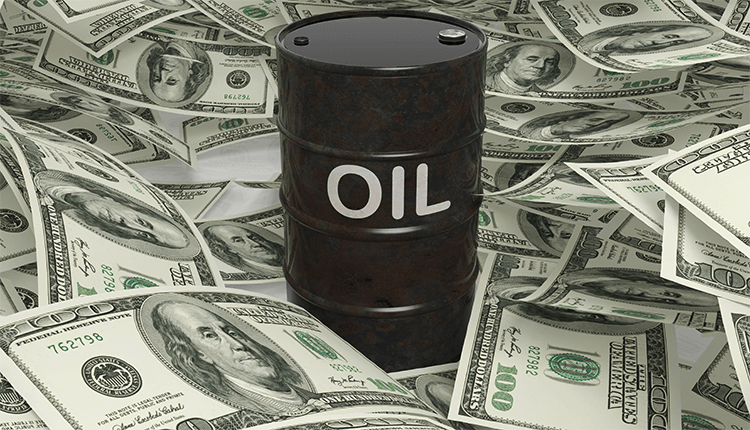
U.S. Oil Production Growth Slows Just as Expected
U.S. oil producers could widen daily production by 1 million barrels next year, or by 100,000 barrels. The wide gap creates significant uncertainty as OPEC officials gather this week to measure output curbs.
Shale production has routinely challenged pessimist over the past three years as U.S. output increased to almost 13 million bpd. It made the nation the world’s largest crude oil producer and a vital exporter with a total of 3 million bpd this year.
Contrarily, visions for 2020 comes with increasing skepticism from those inside the industry. Also, should growth fall short, it could change the balance of power in world supply back to the OPEC.
A surge in U.S. crude production by 1 million bpd would satisfy almost all of the 12 million bpd rise in world demand next year, the IEA said.
The increase would keep a roof on prices, pressure OPEC to boost output cuts, and leave shale producers trying to achieve subtle profits. As a result, most business executives and consultants say they expect sluggish U.S. shale growth.
OPEC+, which cut production by 1.2 million bpd will have their meeting in Vienna on Dec. 5-6 to measure their next step. The current supply declines now run until the end of March.
Scott Sheffield of PNRE said OPEC does not have to worry about U.S. oil growth. He noted oil majors are the last firms aggressively drilling in the Permian Basin.
Producers cut the number of oil rigs operating for a record 12th month in a row. It sidelined a quarter of the country’s drilling rigs in 2018, according to service firm Baker Hughes.
U.S. Oil Production No Longer a Cottage Industry
The cuts only slowed U.S. oil production gains, not stopped them. Production gains by larger oil firms and a lag effect from smaller firms’ reductions have widely varying 2020 production reports.
The U.S. oil output will increase 1 million bpd next year, as predicted by U.S. EIA. Also, shale is counting for most of it.
IHS Markit and Wood Mackenzie individually put gains at 440,000 bpd. Also, Goldman Sachs Group predicted an increase of 600,000 bpd.
Global inventories are a bit oversupplied, according to an analyst with researcher RS Energy Group. It put U.S. growth around 100,000 bpd next year, which put a roof on any optimism.
Oil majors pulled back from their Permian plans. Exxon is aiming 1 million bpd of output by 2024 in the Permian, and Chevron is targeting 900,000 bpd a year earlier. Also, top Permian producer Pioneer recently rose it reports for this year’s oil production and aims to mid-teens percentage boost over some years.
Oil majors are less responsive to lower prices and will continue to share in the Permian, according to Muqsit Ashraf. He added that the largest individuals are possibly to expand production.
Increased scale will provide the majors an edge in the Permian, said an oil analyst at Deutsche Bank. Also, historically, shale was a cottage industry, with one well-drilled at a time and each done differently. Also, as producers move to this manufacturing approach, that favors the skill sets of majors. They are an excellent project manager, according to Snyder.
Moreover, the debate now in the U.S. market is if growth matters. Producers are favoring cash output and generation overgrowth. He alluded the thousands of well that have been drilled but unfinished and hooked up to pipelines.
-
Support
-
Platform
-
Spread
-
Trading Instrument




